Emmys: ‘The OA’ Choreographer on Mastering ‘The Movements’
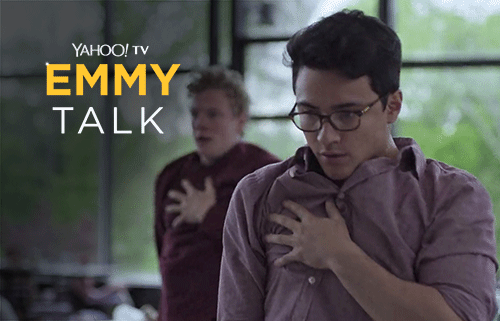
(Photo Credit: Netflix)
Netflix’s cult sensation The OA was filled with wild, “What did they just do?” plot twists. But perhaps none were wilder than the sequence that awaited viewers in the Season 1 finale, when the central characters — an unlikely team of five oddballs and misfits — prevented a school shooting with the power of… modern dance? During the course of the eight-episode season, created by they dynamo indie filmmaking team of Brit Marling and Zal Batmanglij, the group slowly, but surely masters the art of “The Movements,” a series of dance moves taught to them in pieces by their mysterious guru, Prairie Johnson (Marling). It’s not until the finale, though, that they put the whole routine together and prevent a deadly tragedy in the process.
Despite the improbability of this turn of events, the dance sequence feels entirely plausible within the world of The OA. The person tasked with bring realism to an otherwise fantastic situation was Ryan Heffington, a celebrated choreographer who has collaborated with such artists as Sia (those are his moves in the “Elastic Heart” music video featuring Shia LaBeouf) and Arcade Fire. “My goals was to make sure it was believable,” Heffington tells Yahoo TV. “I can’t please everyone, and I know that, but if [viewers] believe that it could be real, that’s our success.” We spoke with Heffington about building “The Movements” from the ground up and exposing audiences accustomed to glitzy, competitive dancing shows like Dancing with the Stars to some new dance moves.
What were your initial conversations with The OA‘s creators about what they wanted for “The Movements”?
We’d worked together on their 2013 film The East, so I’ve known them for some years now. They had an idea of the quality of the movements they wanted, and it was a true collaboration [between us] about what exactly those movements would become. They didn’t come to me with a defined product, like “We want this.” It was more like, “What is this, and how can we create this?”
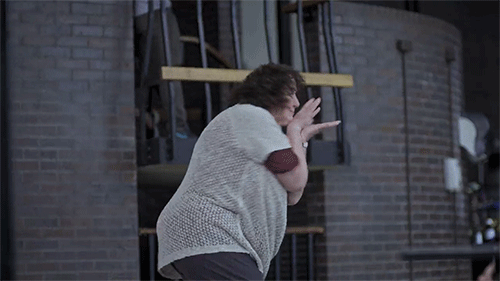
The series is so intricately constructed from a storytelling point of view. How did they actually describe the script to you?
[Chuckles] They did share a bit of the script with me. We sat down, and they briefed me on mostly what my work would be and how it would fit in. They were still developing the final details of certain episodes, so it wasn’t a completely finished product. It was more about them wanting to develop what the movement could become together. We all decided that it needed to resonate as reality; it couldn’t be too abstract or it wouldn’t make sense. It couldn’t be super-recognizable, either. It needed to be precision-based and emotionally driven.
Did they tell you the context in which “The Five Movement” would be performed as well: a school shooting scenario?
Absolutely, so it took months to determine would what would be realistic or what could work. What would take someone off guard? What would make someone empathetic about what they were seeing, even if it might be a little abstract and strange? What would be a distraction? We thought about all those questions, because if someone just did a modern dance routine, they would have shot in two seconds — for good reason! [Laughs]
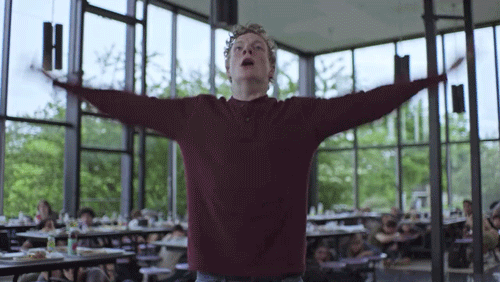
Is there a name for the kind of dance they’re doing?
I don’t think so. Post-modern I guess? I don’t want just fill in the blank–there’s not really a name for it yet. I think it’s jut human and gestural. We went towards the angle of there being something about art that’s primal. We thought about what feels universal, and we determined that breaths felt universal if used a lot, as well as singing and meditation. We talked a lot about our personal stories. I’m not usually inspired by dance; it’s more about humanity and how other people respond to each other, what makes them feel the most.
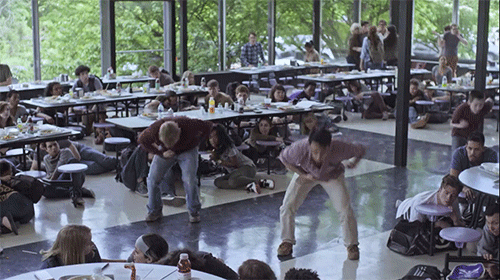
What sort of rehearsal process did the cast go through?
We tried to get as much rehearsal in as possible prior to shooting. This movement is super-challenging even for professional dancers — the detail and speed of it, plus matching the breath to the movement is not common in dance. Luckily, we had the time to really work on it. They were drilled over and over; I had many assistants on this, because everyone was living in different places. If it looked like they were marking it or having difficulty, it wouldn’t have come across. It was very important that they nail it.
Like anything, people digest information through repetition. And it’s not only teaching movement, but allowing them to see how it was formulated, what this movement means this to me. When I teach movement it’s very visual; I’ll speak about a certain shape or an animal. For a lot of people, that’s much easier to digest.
When was the sequence shot during production — towards the end or earlier? And how did you work with the camera crew to stage it?
Towards the end for sure. It was like a normal long shoot day. The only real restriction was that we needed to use natural light. It seemed to go pretty smooth. We had the conversation upfront with the camera crew. I needed to know if it would be more impactful if the performers were closer to the gunmen or if it would make more sense if they were standing in a line. We talked about everything in terms of graphics and formation and who would be doing it.
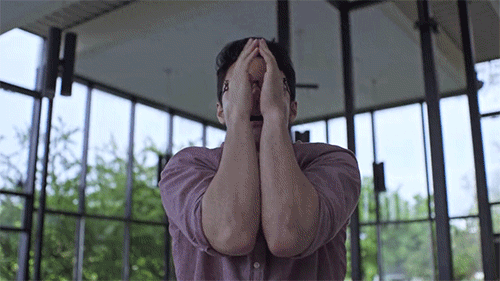
Would they perform the dance straight through each take or did they perform specific movements for specific camera angles?
No, it would only make sense if it was done to completion. To get the feeling of where you’d need to be, you could only do it from doing it from the beginning. By that time, the cast was pretty in shape. The cast was so dedicated, and I feel like they gave their all on every take. It was a long day, but they rose to the occasion and really nailed it. I’m super proud, because most of them didn’t have dance background, but I feel most of them took it on and were serious about it. Their dedication is so evident.
Speaking to the Emmys, the nominees in the Choreography category have tended to be reality shows like Dancing with the Stars and So You Think You Can Dance. Are you hoping that The OA, if nothing else, shows how dance can be used in a narrative way?
Sure, why not? I think people are hungry for a different angle on dance. They’ve seen it presented so commercially for so many years, which is great for choreographers and for dancers. It pays our bills! But I think there’s a new alternative that people are excited about.
Do you personally watch shows like So You Think You Can Dance?
I don’t watch them, and I don’t get inspiration from them. That was my world growing up; I was a competition kid. I learned a lot through that process, and it’s great that it exposes so much of the mainstream to dance. I think that’s been really great for our community.
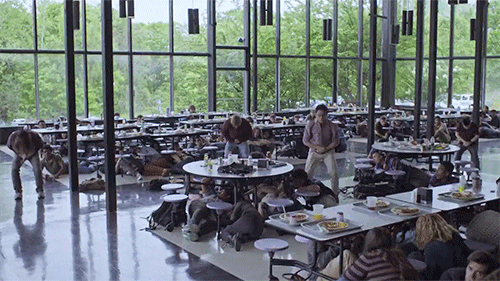
Have Marling and Batmanglij reached out to you about the second season of The OA?
Yes.
Can you tease anything about your approach to the dancing that may appear in the new season?
Of course not. You don’t want to be spoiled, do you? [Laughs]
The OA is currently streaming on Netflix.
Read more from Yahoo TV:
Emmys: ‘Stranger Things’ Music Supervisor on the Need for ‘Heroes’
Emmys: ‘Stranger Things’ Star David Harbour Revisits Hopper’s Tough-Guy Moment
Emmys: ‘Feud’ Star Susan Sarandon on ‘The First Time I Really Felt Like Bette’
Emmys: ‘Legion’ Star Aubrey Plaza on ‘Trying to Act Like Beyoncé’ in Dance Scene
Emmys: Alexander Skarsg?rd Revisits His ‘Big Little Lies’ Therapy Session
Emmys: ‘OITNB’ Star Laverne Cox Revisits Sophia’s Brave Pushback Against Solitary Confinement
Emmys: ‘Gilmore Girls’ Star Lauren Graham Revisits Her ‘Scariest’ Scene
Emmys: ‘This Is Us’ Star Milo Ventimiglia Gets Misty Revisiting ‘The Pool’
